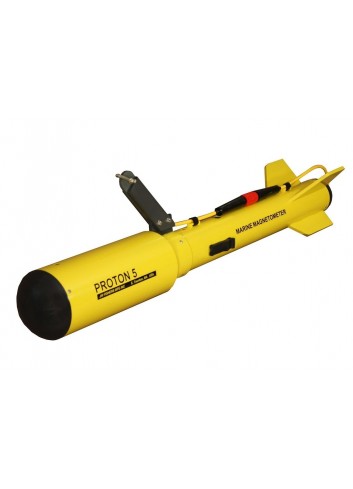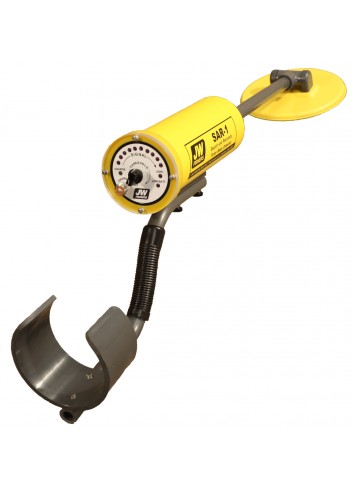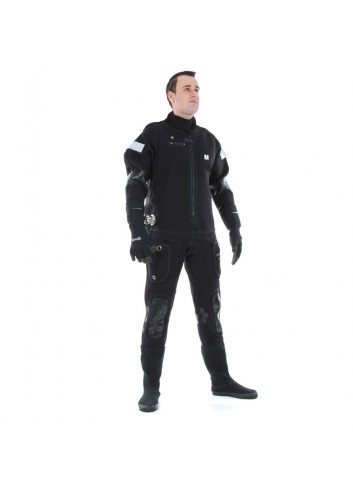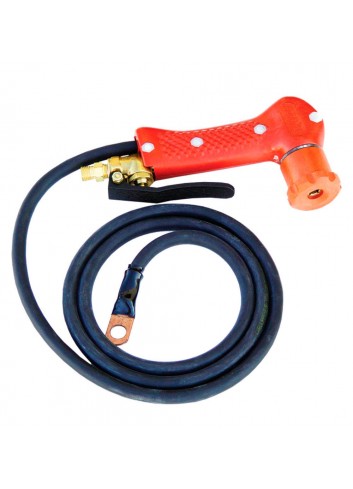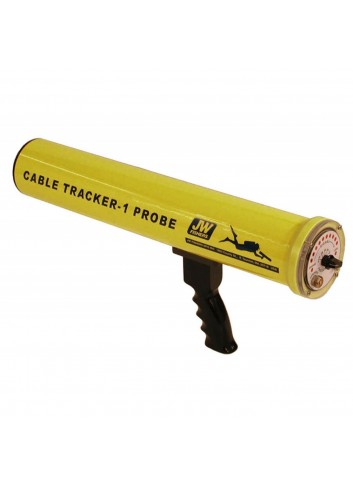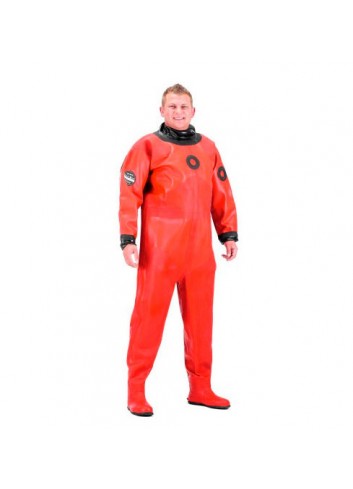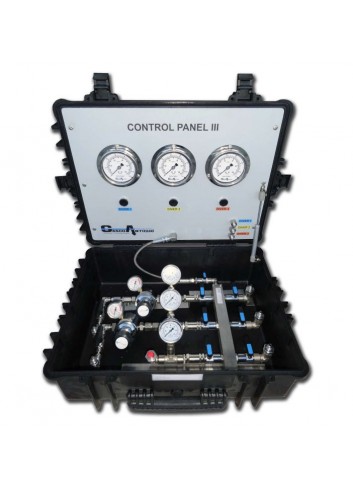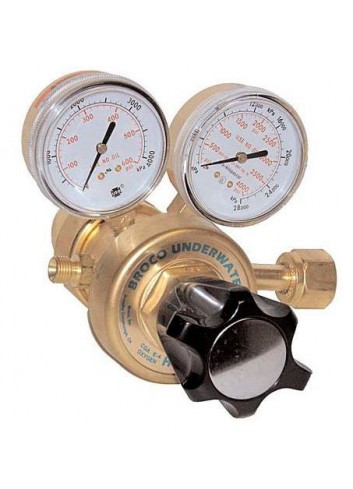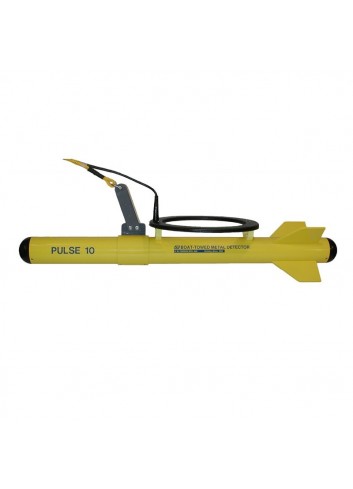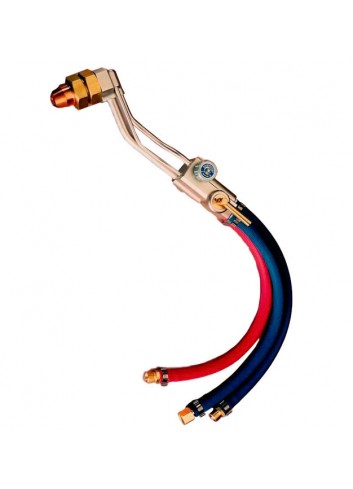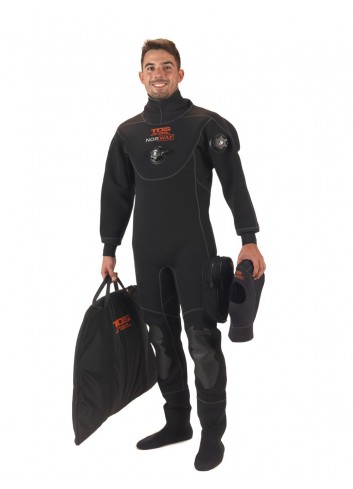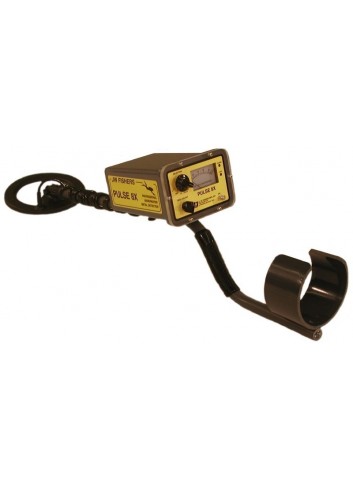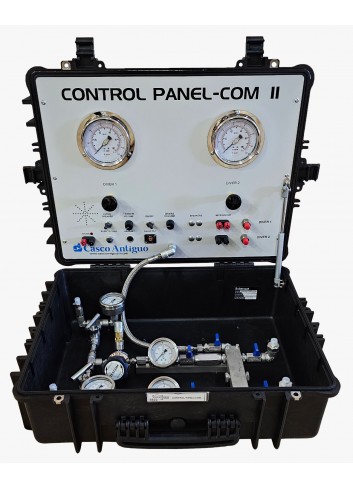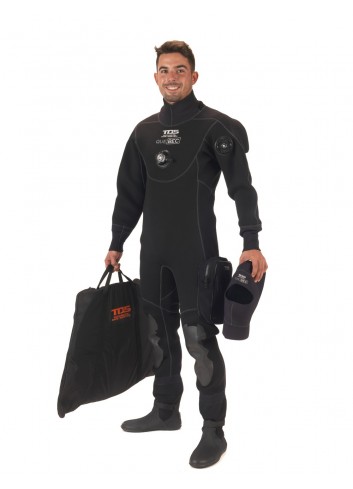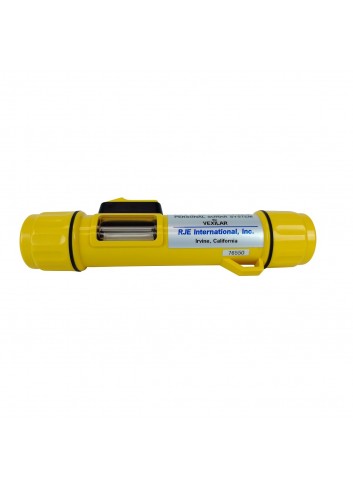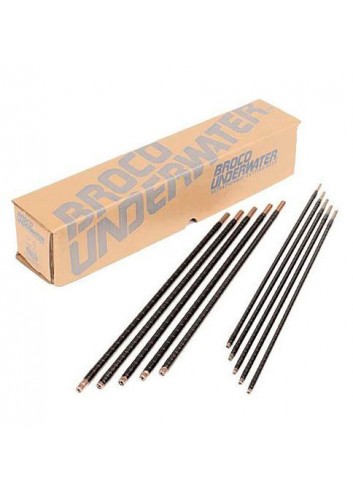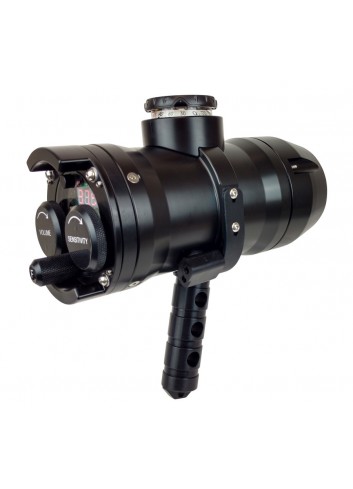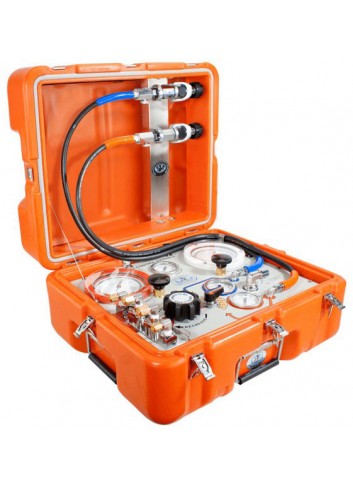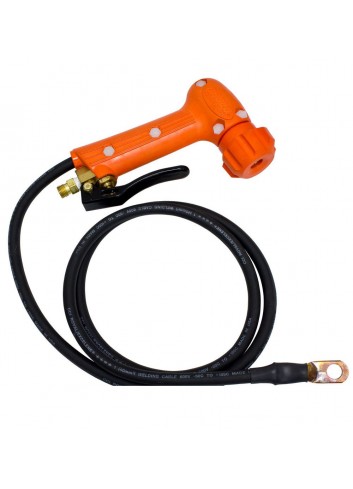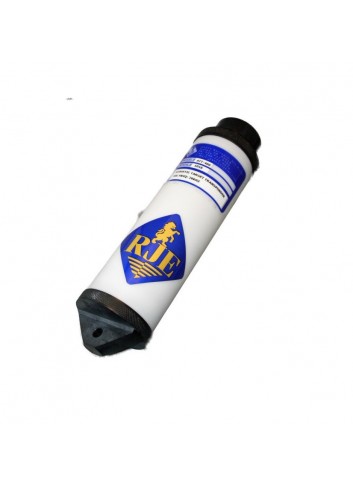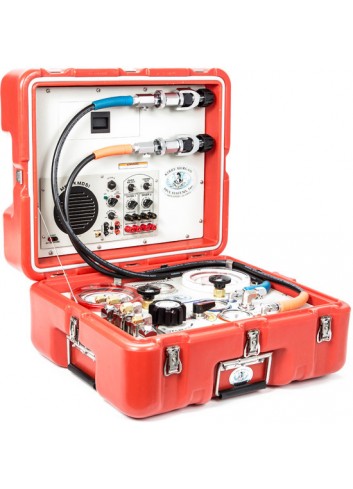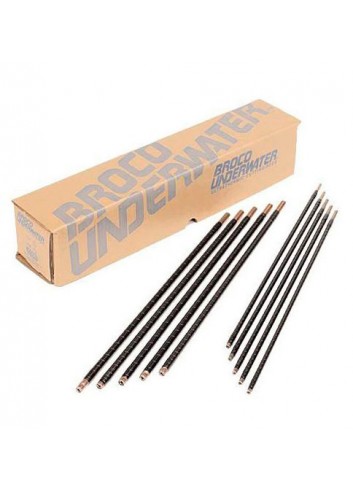PANEL CONTROL II 2 DIVERS

The SBQ CONTROL II panel is a portable power system with control and monitoring for diving operations with surface air supply for two divers. The system was designed to supply air from the surface and control the depth of the divers.
CUTTER BR-22

For divers thought by divers, the Broco system optimizes performance, safety and facilitates use. The system includes a series of components designed to work together, ranging from the oxygen cylinder to the work clamp.
THOR 1600 G HD DRYSUIT

Northern Diver Thor 1600g HD Drysuit: The Northendiver Thor 1600 drysuit is constructed from vulcanized rubber and features vulcanized laminated polymers made on a 4-way multidirectional polyester fabric that provides greater strength and durability
PANEL CONTROL III 3 DIVERS

The SBQ CONTROL III panel is a portable power system with control and monitoring for diving operations with surface air supply for three divers. The system was designed to supply air from the surface and control the depth of the divers.
LARGE FLOW RATE REDUCER 02 HVR

The Broco Oxygen Regulator is a two-stage unit with a high continuous flow for underwater combustion. Broco's studies show that the efficiency of the cut depends more on the flow of oxygen than on its pressure.
BOAT TOWED METAL DETECTOR PULSE 10 - 12

An economical yet powerful boat towed metal detector for ferrous and non-ferrous metals
PVL CUTTING SYSTEM

Oxygen and propylene cutting system sub-system: Oxygen and propylene cutting system, clean cut without residue. Easy handling Robust 2 models: 55 degrees or 90 degrees
NORWAY DRYSUIT

The TDS Norway drysuit, along with its twin the Quebec, are the range in compressed neoprene of TDS watertight suits. The Norway model, is the variant more directed towards the technical diver, which stands out for incorporating a pocket of ample dimensions and a closure in feet of sock type to be able to use with a Rock boot to taste and making the whole suit lighter, also making possible to be able to turn the suit of complete menara.
PANEL CONTROL SBQ I (2 Wires)

The SBQ CONTROL I panel is a portable power system with control and monitoring for diving operations with surface air supply for two divers. The system was designed to supply air from the surface and control the depth of the divers.
QUEBEC DRYSUIT

The TDS Quebec drysuit, along with its twin the Norway, are the compressed neoprene range of TDS drysuits. The Quebec model includes a boot with a very light rigid sole, a feature that makes it very appreciated even by professional and commercial divers in their work. It also has a large pocket and flexible knee pads for protection.
DPR-275 DIVER PINGER RECEIVER

This small and rugged handheld diver acoustic receiver with LCD display and signal strength meter can track and locate any acoustic pinger that operates between 5 to 80 kHz.
KMACS 5 NO COMMUNICATIONS

CUTTER BR-22 PLUS

For divers thought by divers, the Broco system optimizes performance, safety and facilitates use. The system includes a series of components designed to work together, ranging from the oxygen cylinder to the work clamp.
ATT-400 ACOUSTIC TARGET TRANSPONDER

The ATT-400 transponder can operate underwater as a pinger or transponder. This underwater acoustic transponder is small and easy to deploy in depths of 1000m. When interrogated by the STI-350, DTI-300 or VADR series acoustic receivers, the ATT-400 provides range and bearing up to 750 meters away. The ATT-400 can also be programmed to operate as a free-running pinger. With a battery life of up to six months, this transponder is ideal for marking equipment and locations in poor visibility.
PANEL GAS KMACS5

The KMACS-5 is a lightweight, portable air supply, depth control and communications panel for two divers.
ULB-350 LOW COST LOCATION BEACON

This underwater beacon is a cost effective free-running pinger used for marking equipment and underwater sites to depths of 1,200m. Using a single 9-volt battery, the ULB-350 can send a continuous acoustic signal for up to 60 days or on a programmed time delay for up to three months.
 Cookie preferences
Cookie preferences



